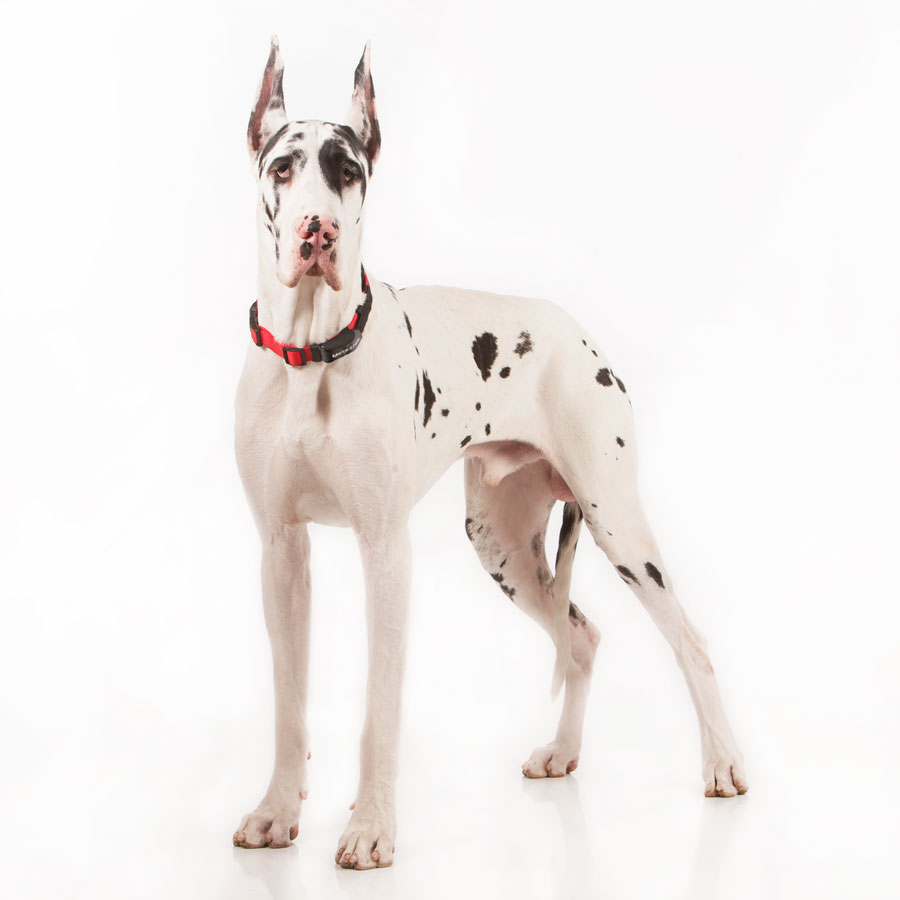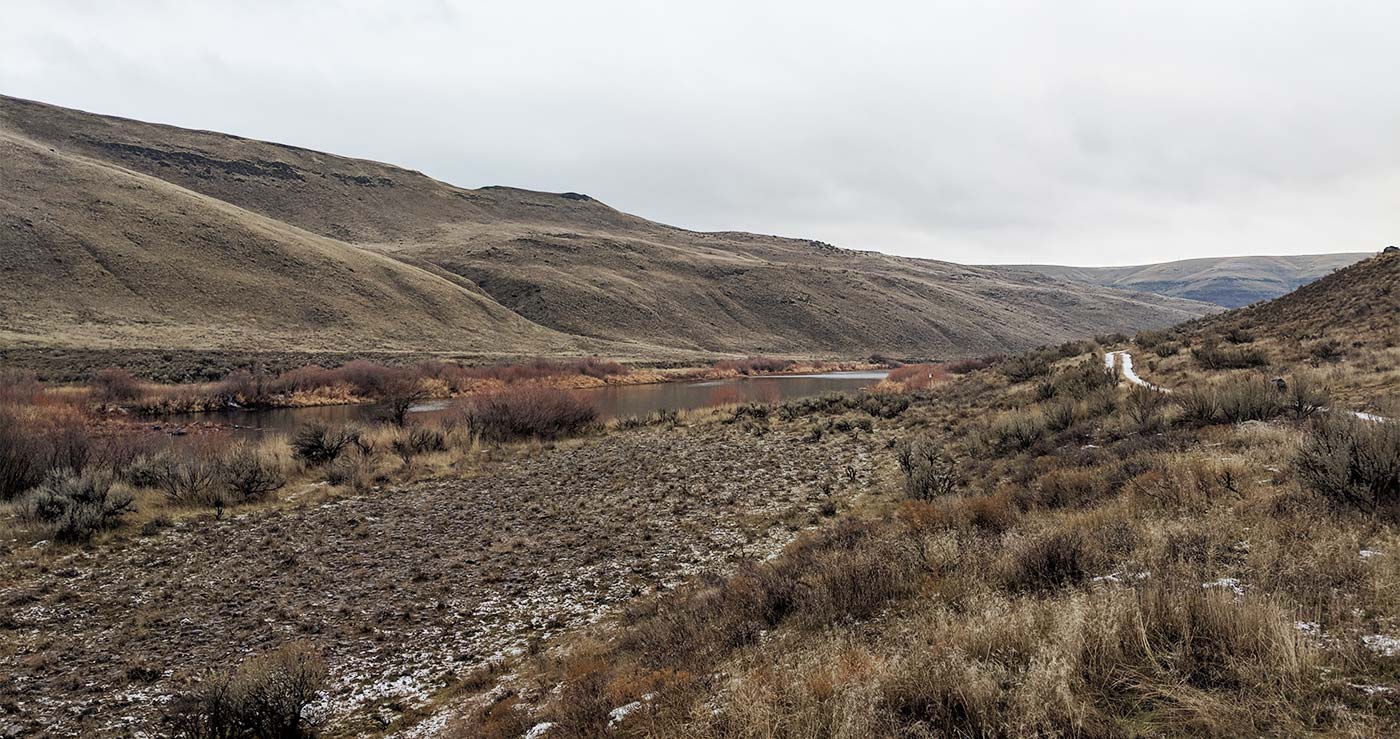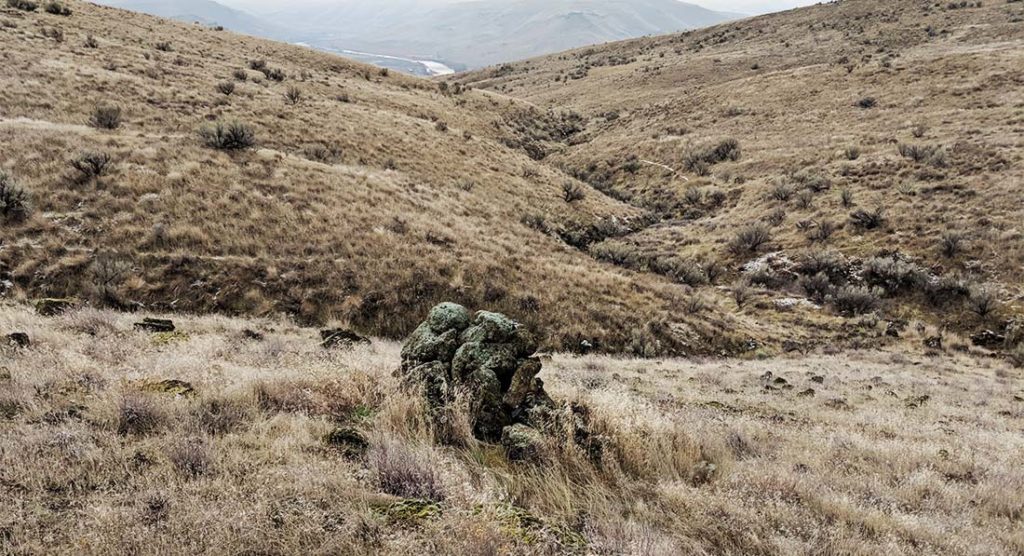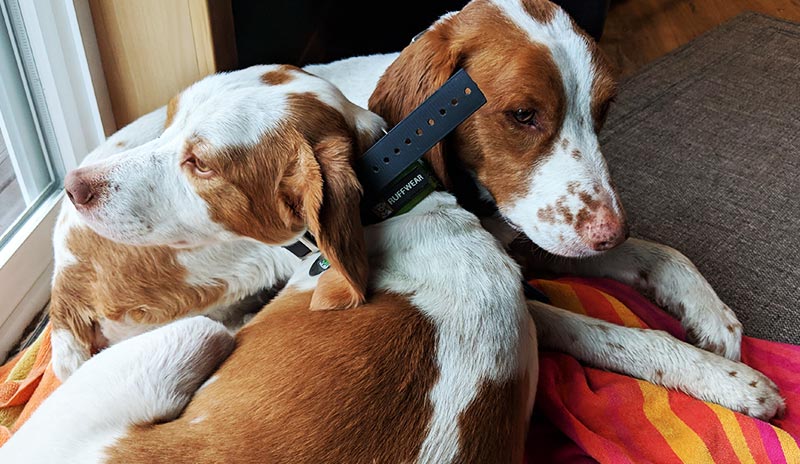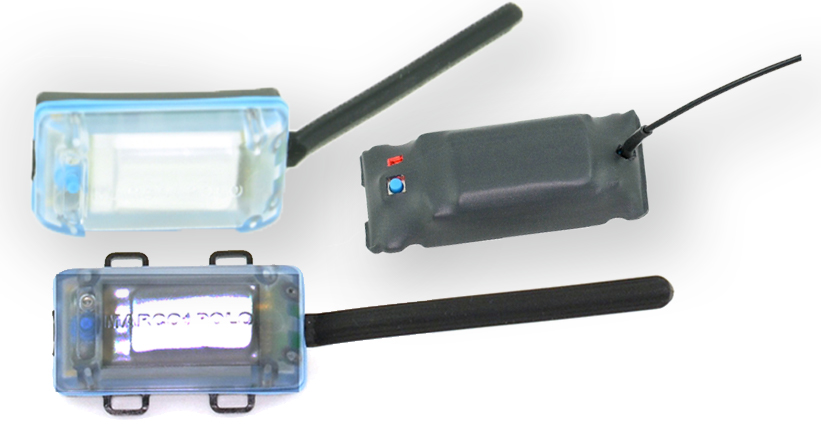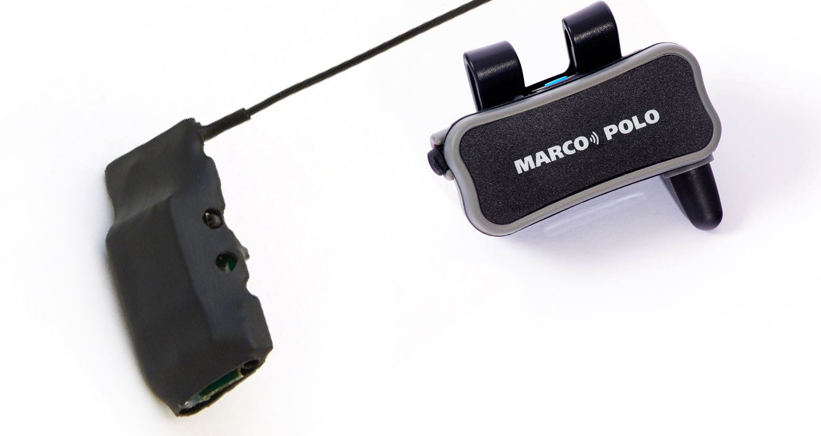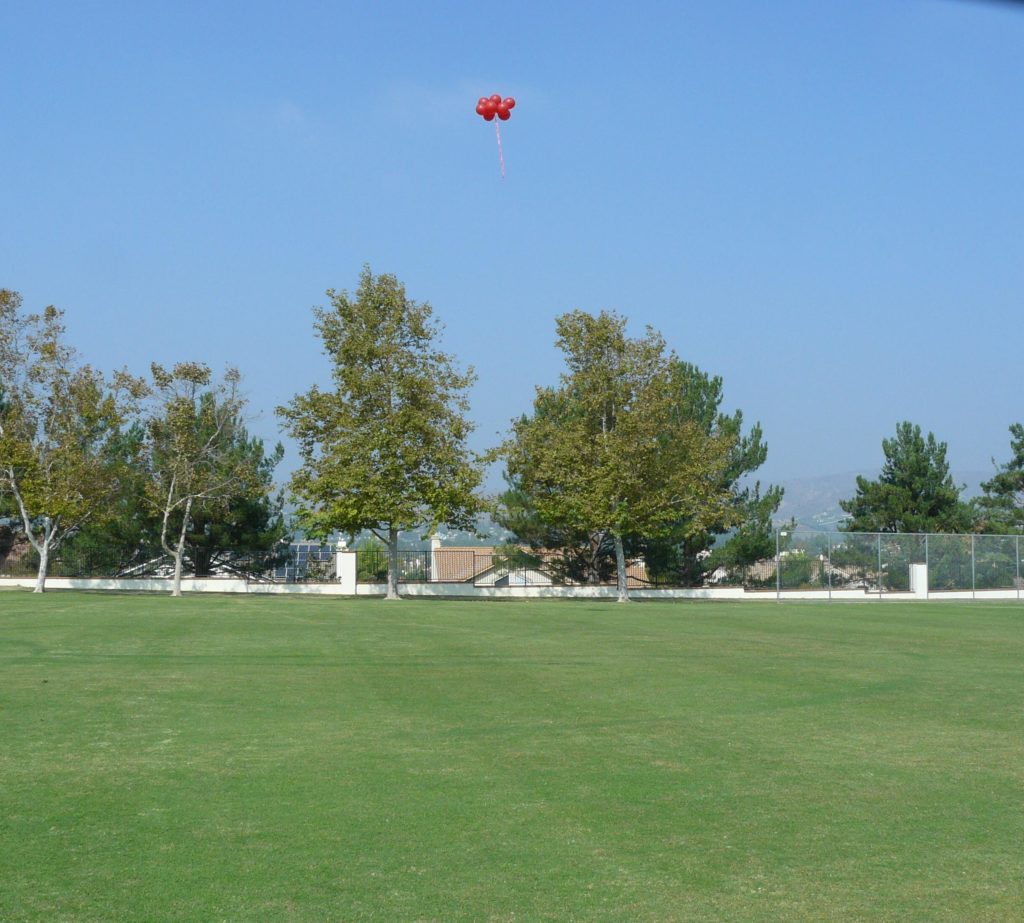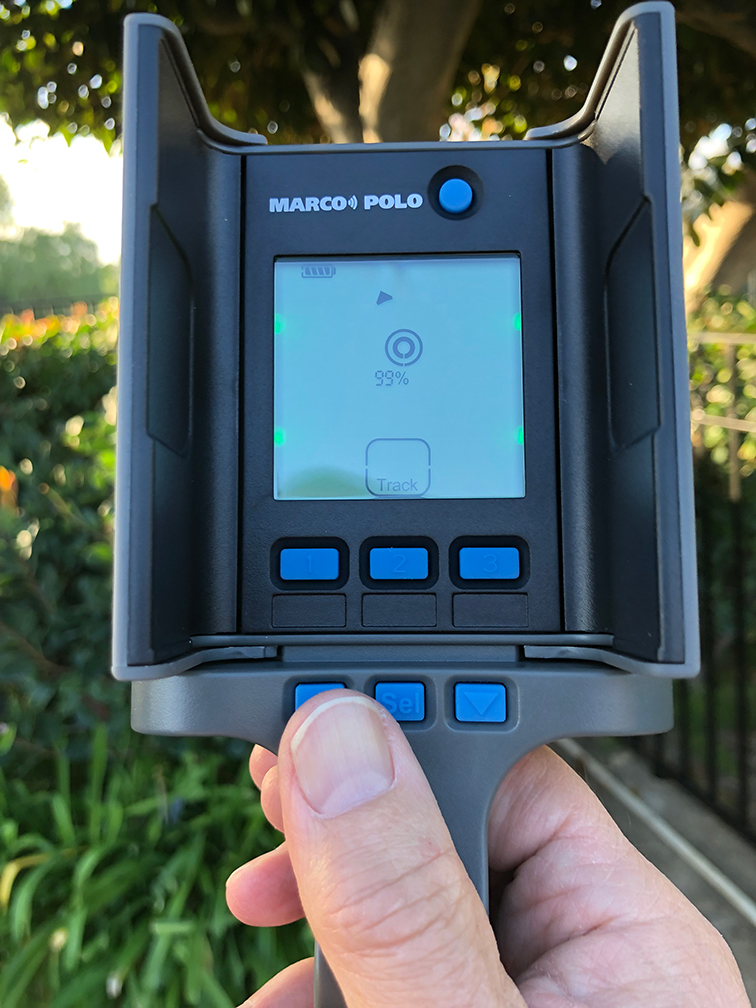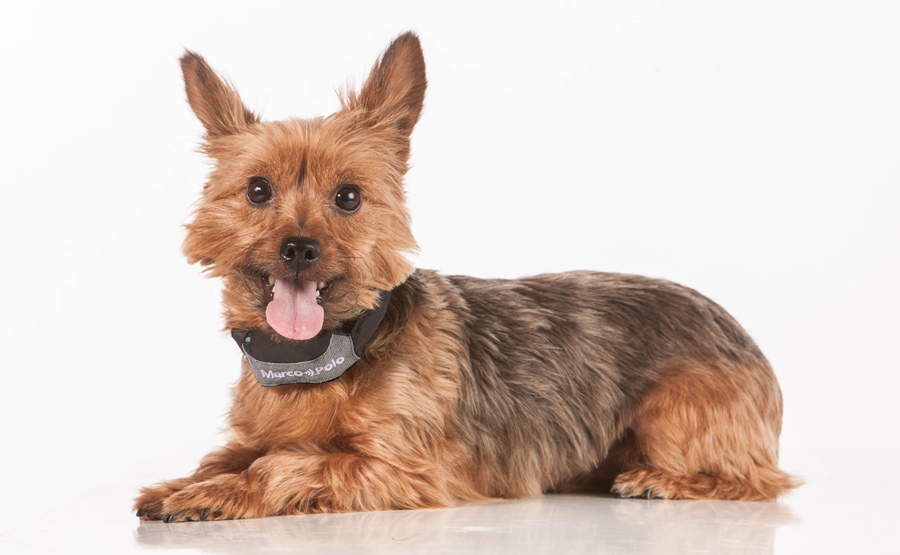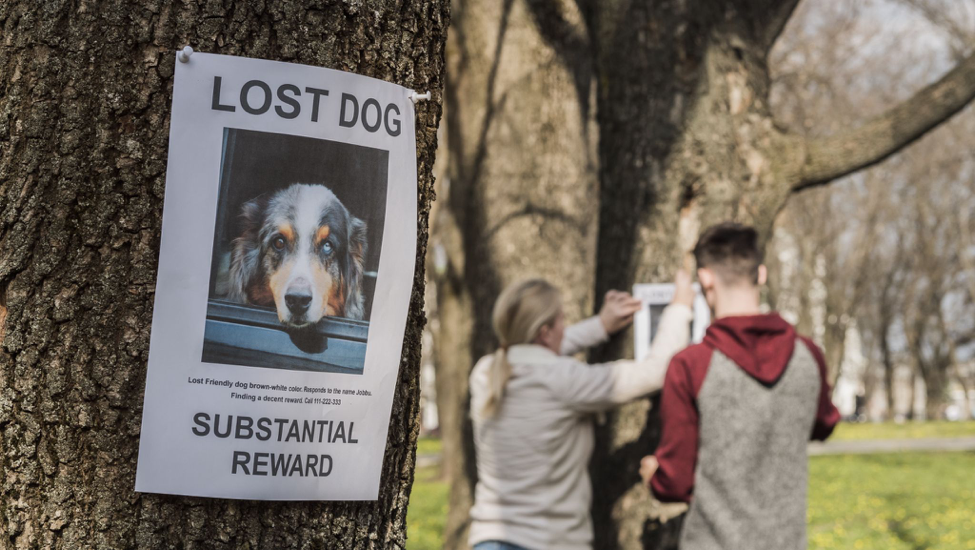
According to the National Dog Registry, there are approximately two million dogs that go missing each year in America – and less than 60,000 are ever recovered. Losing a pet can be extremely stressful, and sadly, without taking the appropriate steps, there is no guarantee that you will find them. That is why it is essential to do all you can to prevent losing them, and to know exactly what actions to take if you do.
The 3 most important steps to take to prevent losing your pet
These points may seem blindingly obvious, but it’s surprising just how many pet owners fail to put these preventative measures in place before it’s too late.
1. Collar and tag
Make sure that whenever they have access to the outdoors (which for many pets may be 24/7), they are wearing a good quality collar and tag that clearly lists their name, your name and the best contact number to reach you on at any time of the day or night.
2. Microchipping
When microchipping your pet, the vet inserts a chip into their shoulder, which is a painless procedure and causes no adverse reactions. This chip contains their official information, including your contact details, so it’s also important to keep this information up-to-date. In the event that you lose your pet and they are handed into a veterinary surgery, it will be easy for them to scan your pet’s chip and reunite you with them quickly.
3. Electronic monitoring and recovery system
Ensuring that your pet is wearing an electronic monitoring system gives you great confidence that you will never lose them, even if they do go wandering where they shouldn’t. The Marco Polo monitoring and recovery system is an ideal solution for several reasons:
- It works anywhere you need it to, requiring no GPS, cellular service or internet connection to function
- It features rugged, waterproof and lightweight tags that range up to a distance of two miles
- You can program ‘Safe Zones” to monitor your pet 24/7 and set them to alert you should they wander outside of your predetermined zone
- Marco Polo monitoring and recovery systems also feature a long battery life, lasting up to 45 days between charges
No pet owner wants to focus on the real risk of losing their beloved pet, but sadly, it happens all too often. Investing in a monitoring device provides maximum peace of mind that you can track and recover them if they adventure too far.
Recovering your lost pet
If you have lost your pet before getting around to investing in an electronic monitoring and recovery system, it can feel understandably overwhelming as you struggle to manage your emotions whilst not knowing where they are and if they are safe.
Thanks to technological advancements and the internet, there are more ways than ever before to find your missing pet. The first few hours are crucial, as what you do in this time can greatly increase your chances of bringing them home.
Here are 11 things you can do to find your beloved lost cat or dog.

1. Don’t panic
Ok, so this isn’t an actionable tip, but it’s important to discuss. Most cats and dogs can track scents that help them to find their way home, and the chances of them returning or otherwise finding them typically don’t diminish after the first 24 hours in the way that missing persons cases do. So, whilst you will be understandably worried, try to stay calm and think logically.
2. Visit nearby animal shelters
A good Samaritan may have found your pet and dropped it off at a local shelter, so start there and leave them your details. Many rescue organizations also run websites and social media pages upon which they regularly update any information regarding lost and found pets, so check those, too.
3. Contact local vets and use your pet’s microchip information
All veterinary clinics and some animal shelters use a cat’s or dog’s microchip information to trace their owners. It is always a good idea to get your pet microchipped as soon as you bring them home for the first time. Scanning their microchip will automatically bring up your contact details and your pet will be home with you in no time, so ensure that this information is kept up to date.
4. Contact a pet detective or other search-and-rescue professionals
These professionals are trained to understand the behaviors of missing pets and how to find them. They can show you exactly where to search, and help you to put a plan in place to give you the best chance of finding them. A simple google search will bring up the details of pet detectives in your area.
5. Start a lost-pet campaign
Losing a pet can feel devastating but you must try to think clearly and act quickly. One of the best ways to find a missing pet is to start a campaign, and call on your neighbors and friends to help.
Paste your pet’s photo with a brief description onto a piece of paper. Mention clearly the name/s your pet responds to and be clear about any distinctive features. Include your contact details and then make plenty of copies. Ideally, you need enough flyers to cover a one mile radius around the area they went missing.
Hand them out, stick them on posts or walls in all local high-pedestrian traffic areas and ask to place them in shop windows, too.
6. Go door-to-door
With your neighbors, friends and family in tow, while distributing your flyers, knock on some local doors to help spread the word, and ask anyone in to check any sheds or garages that your pet could have gotten themselves stuck inside of.
7. Reach out to the newspaper
Get your lost pet’s information and picture printed in any popular local newspapers and other publications that will allow it.
8. Using missing pet websites
Lost pet websites, like the Lost Dogs of America or Lost Found Pets US, can help you with reporting your pet as lost and may even be able to help you to find them. They can guide you towards the most appropriate lost-pet sites for your state, as well as provide other useful information, such as additional lost-pet strategies, missing flyer-placing rules and recovery stories.
9. Use social media
There are many social media groups and other resources to be found on social media platforms like Instagram, Facebook and Twitter. They are usually free to use and report regularly on lost, missing and found pets. Nextdoor is another great platform to use for spreading important information regarding your lost pet.
10. Offer a reward
When distributing flyers or adding information to websites and social media platforms, you might consider offering a reward for the safe return of your missing pet. Whilst it might be unlikely that they have been purposely taken, it does happen, and either way, offering a reward can grab more people’s attention, making it more likely that they will spot your pet if they cross paths with it.
11. Be wary of lost pet-recovery scams
Unfortunately, not everyone is well-intentioned, and particularly if you are offering a reward, you must be somewhat cautious when being contacted about your missing pet.
Unless the person contacting you can describe identifying features of your pet that weren’t included in the flyers, or if they refuse to send a photo or insist that you wire them money first, be highly suspicious of a scam. Any well meaning person will gladly return your pet before expecting to receive any reward or payment, and many will even say that it isn’t necessary.
Final thoughts
Don’t give up! Even pets who have been missing for months have eventually been reunited with their owners. Expand your search area and repost on social media regularly to keep the awareness up.
To drastically improve your chances of finding a lost pet in the future, ensure that they are microchipped and wear a collar and identification tag with your contact details at all times. Even more effective still, consider investing in a tracking and recovery device, like Marco Polo Pet Monitoring, especially for pets who are prone to wandering.
Shop our pet tracking products here!
